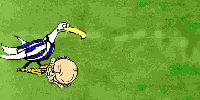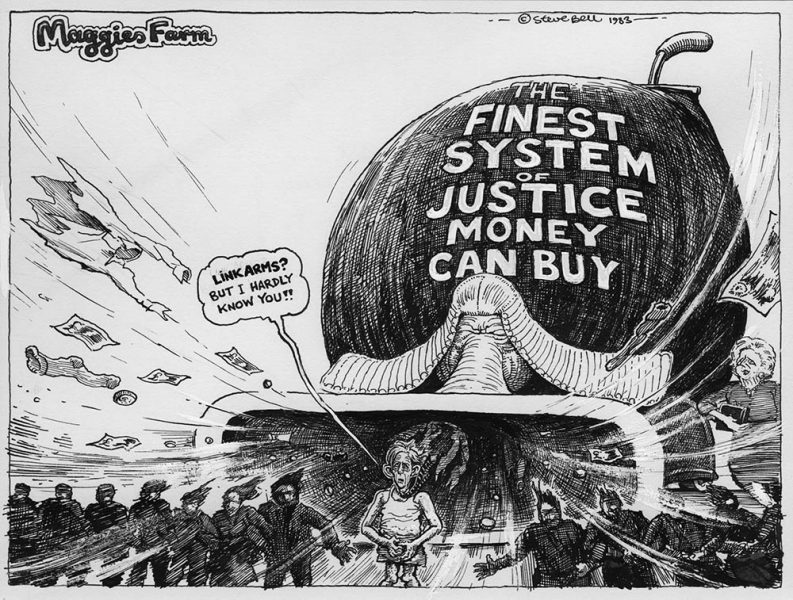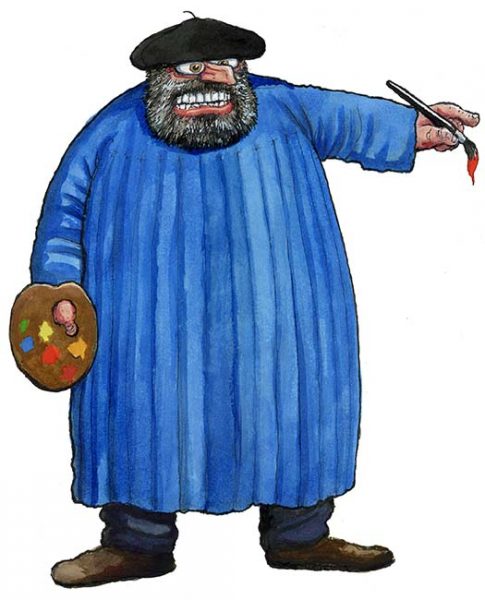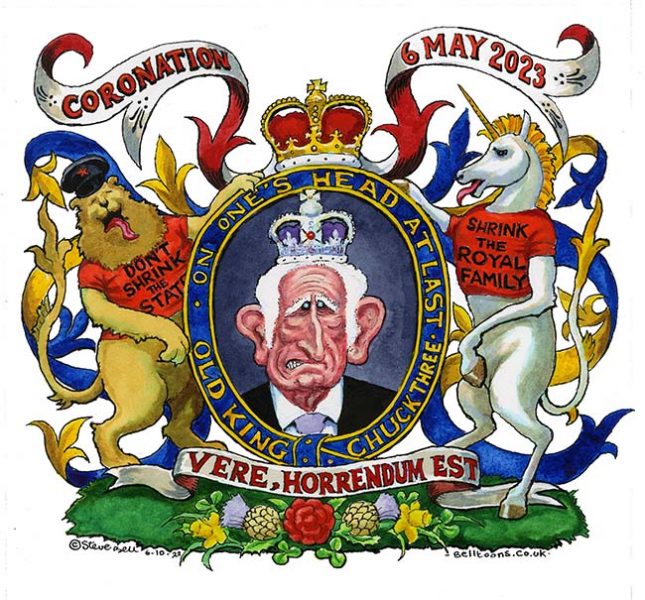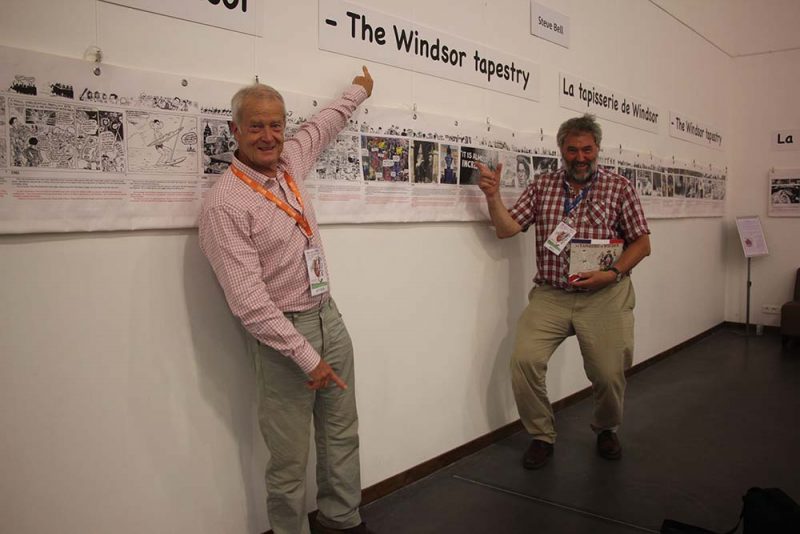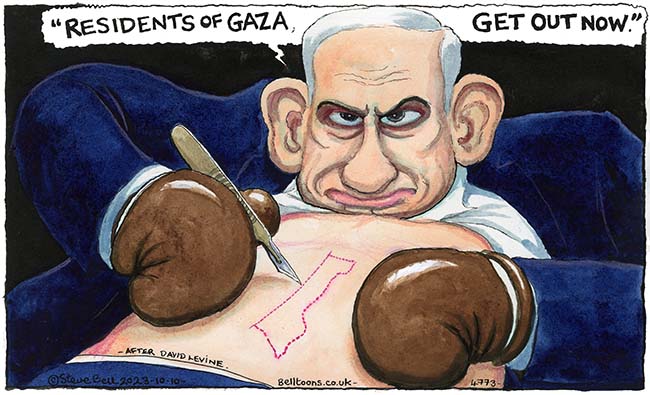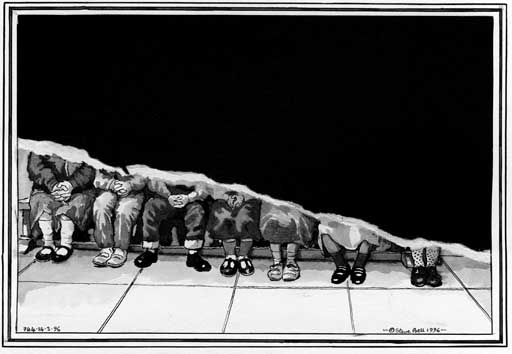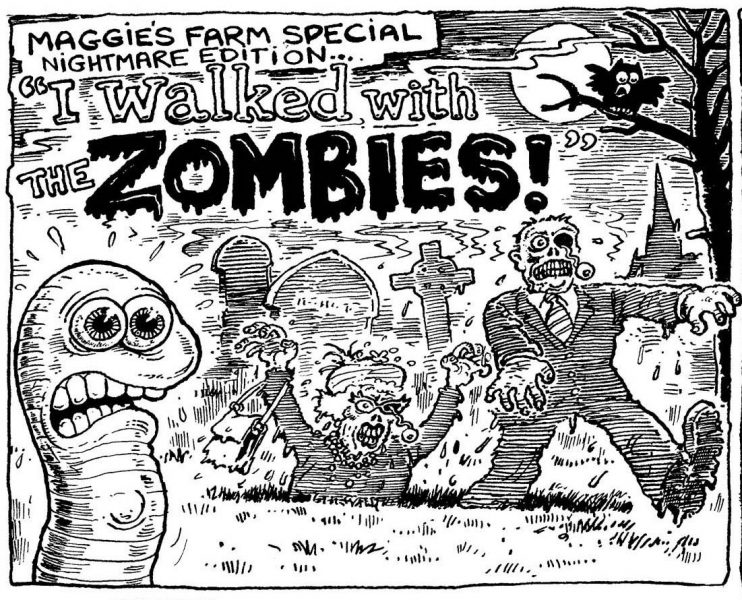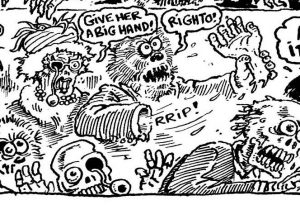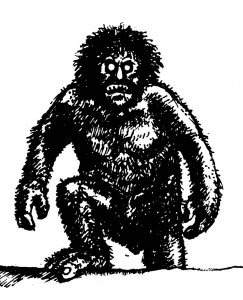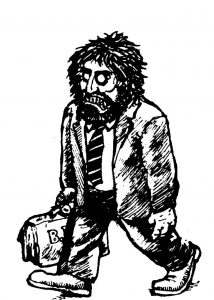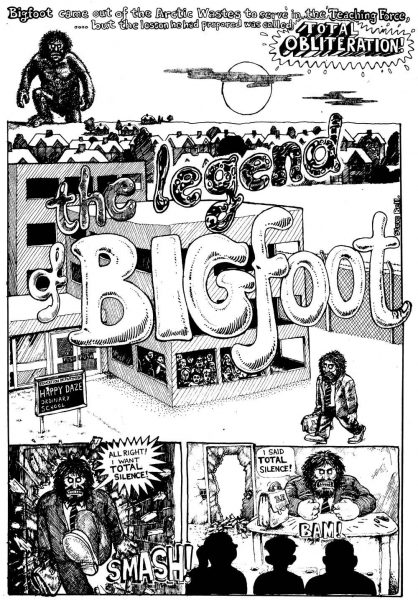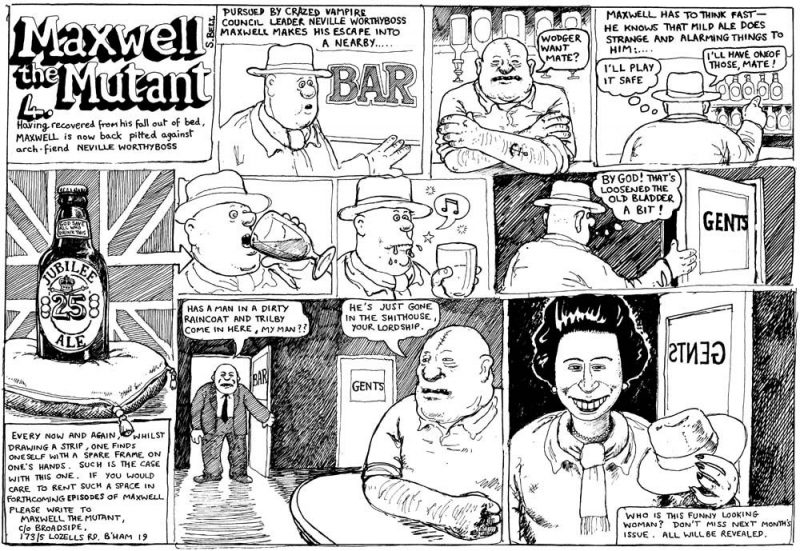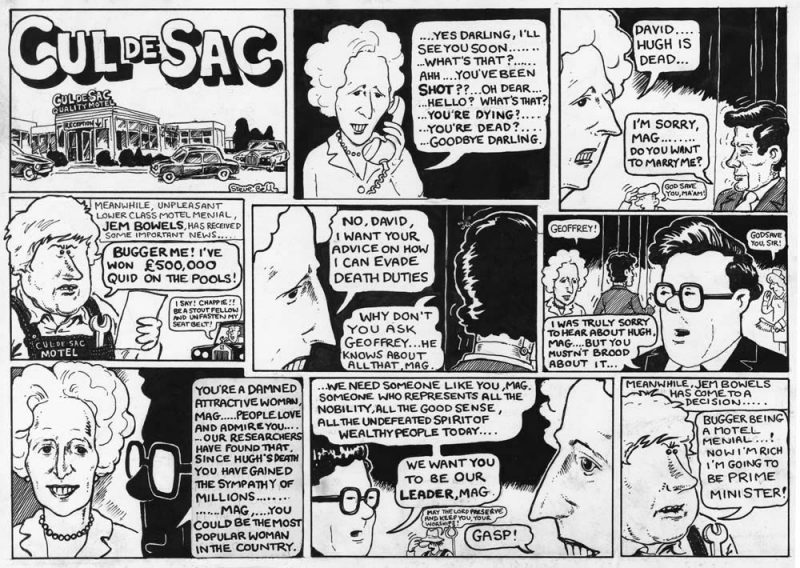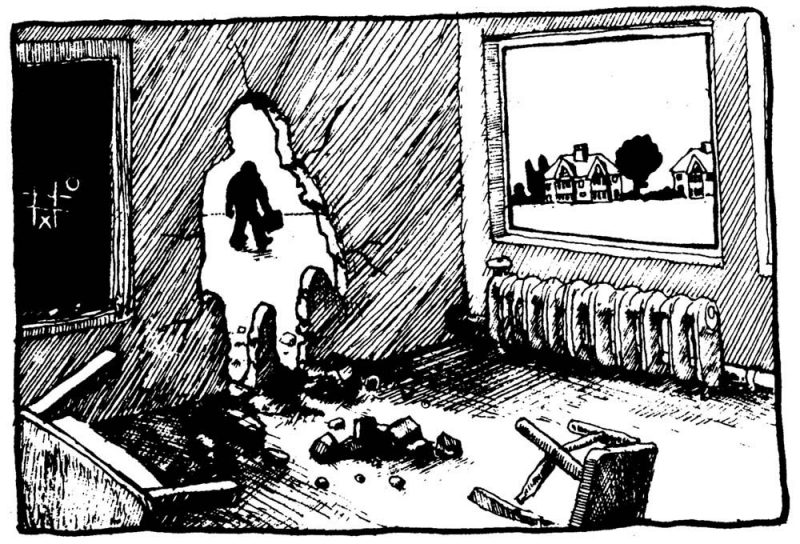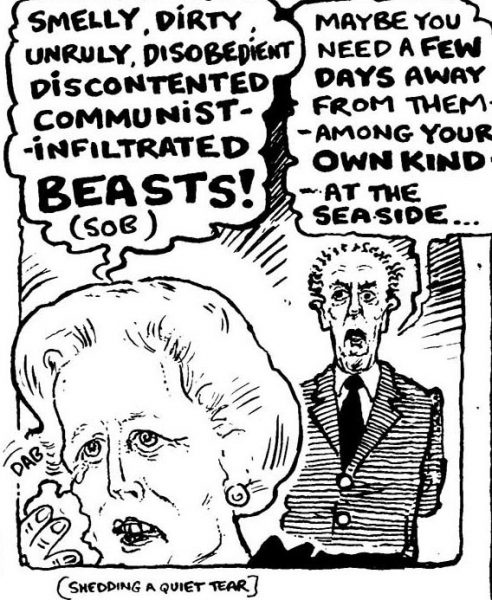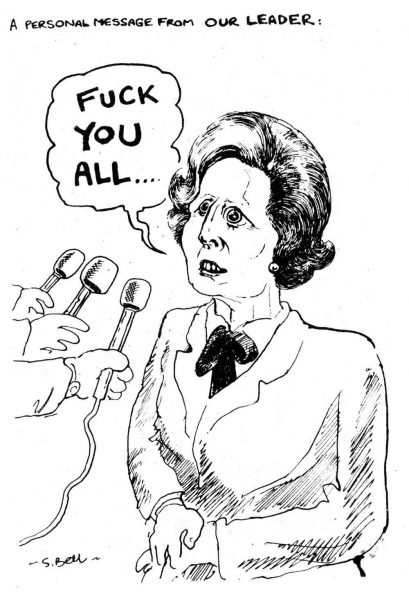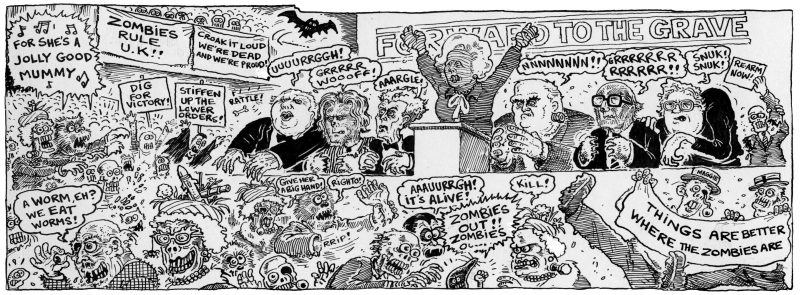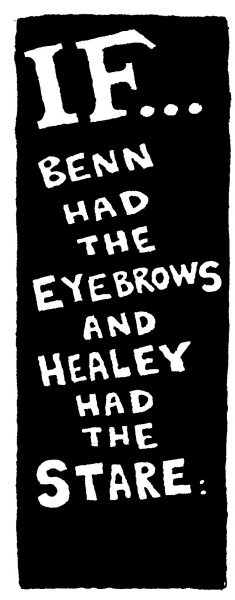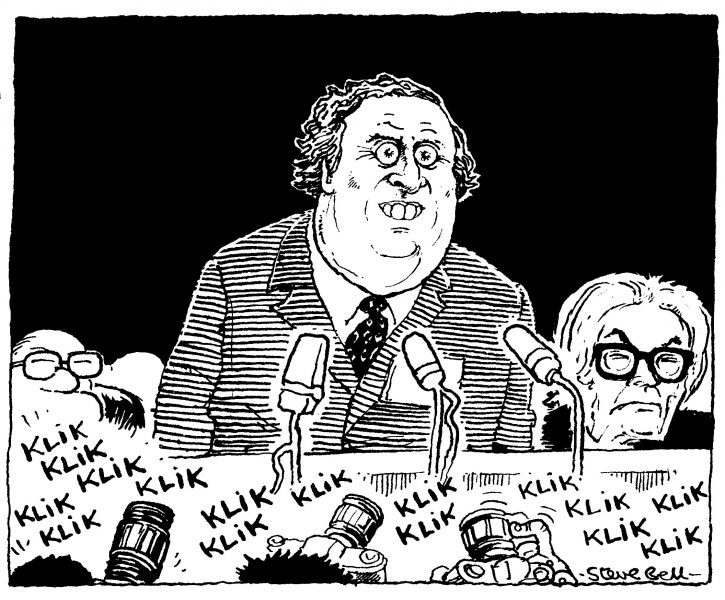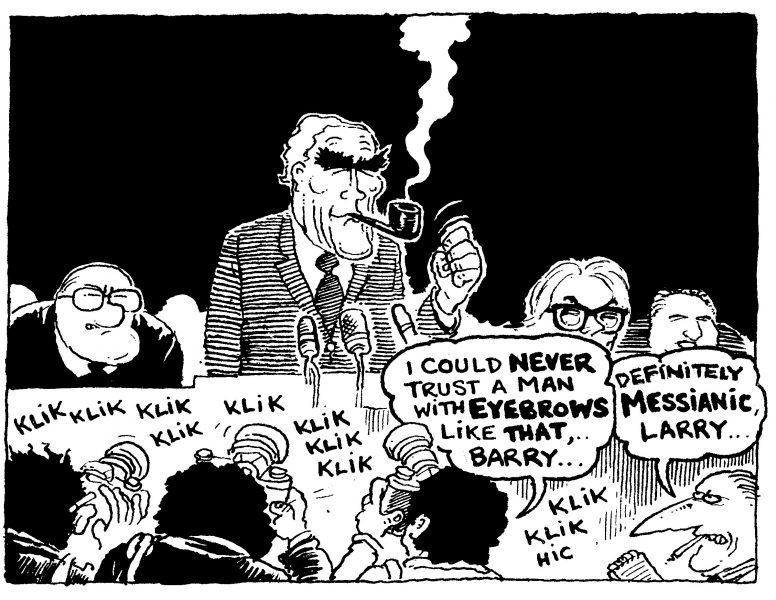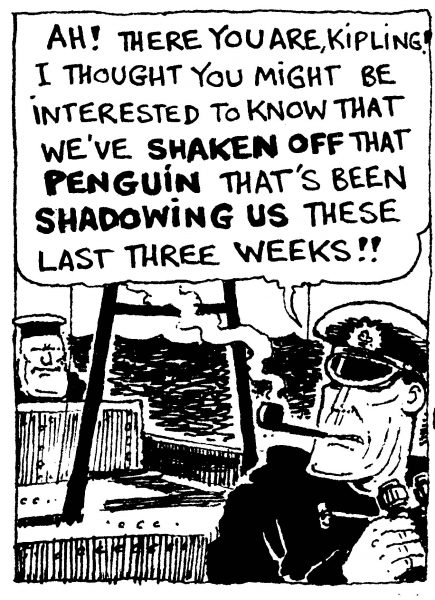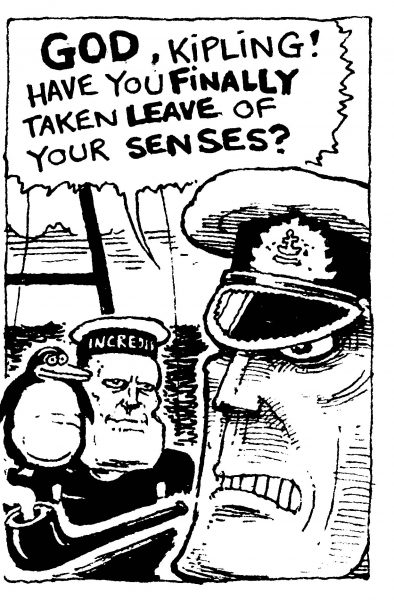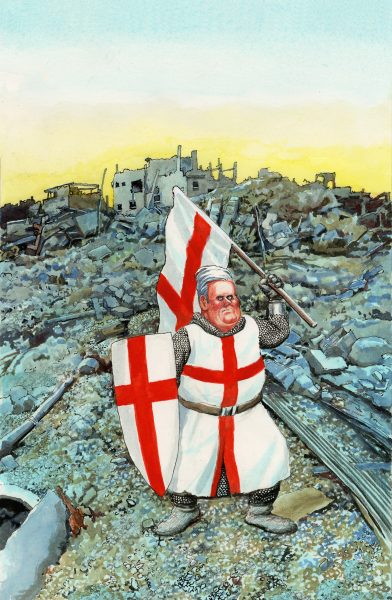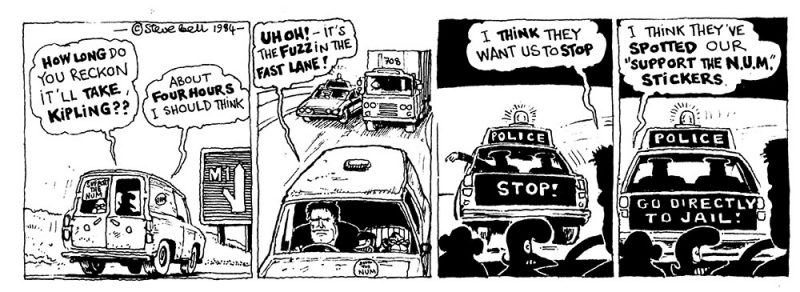
Working as a cartoonist within the confines of a national daily newspaper as an independent commentator, right through the entire period of the Miners Strike in 1984 and 1985, I was well aware that the miners were faced with relentless, unfair, mendacious and altogether disgraceful treatment by the news media all along. A news media that almost invariably focussed on the wrong thing, forever highlighting and condemning any violence on the part of striking miners, while forever ignoring any violence on the part of working miners and, more significantly, absolutely refusing to acknowledge the systematic mobilisation of the civil power on behalf of the state, in other words organised police violence, from the first day of the strike until the last.
Nothing much has changed over forty years later.
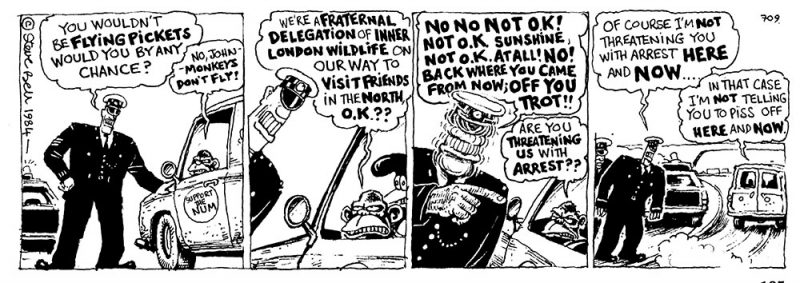
Despite being a fully paid-up member of the Enemy Within, I worked throughout the strike, not as a miner of course, but as a cartoonist, writing and drawing the IF strip cartoon in the back pages of a national newspaper. The Guardian, since 1821, was an avowedly liberal, not left-wing and very definitely not socialist, daily paper, based in London and still partly at that time, Manchester. I felt determined to do what little I could to counter the massive weight of opinion, or to be more accurate, propaganda against the strike. The then editor, Peter Preston to his great credit allowed me to get on with it.
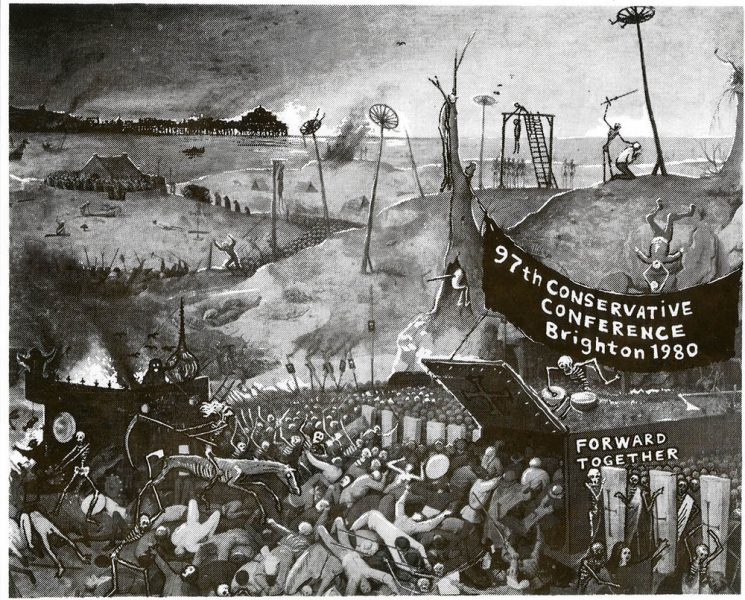
I lived and worked in Brighton, on the Sussex coast, a long way from what might be called the action of the strike, but as it turned out, not actually that far. Our local power station in Shoreham was in those days, entirely coal-fired, and picketed by a couple of miners from the Kent coalfield. My wife Heather and I, driving past one day, stopped to offer our support. It was a chilly day in March and our two children, Will aged 3, and Joe aged six months were with us in the car. The pickets were very welcoming. We asked what we could do to help, and they were happy to tell us.
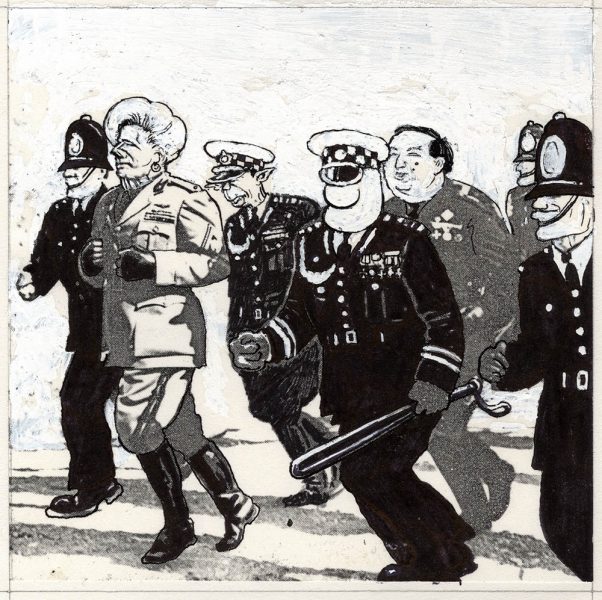
This turned out to be accommodation for two miners for what turned out to be an almost year-long strike. This was the golden age of Thatcherism, in the wake of Margaret Thatchers post-Falkland war landslide victory of 1983 and the introduction of much, new untested legal restrictions limiting the activities of trades unions, outlawing secondary picketing and any strike action taken in sympathy with other workers.
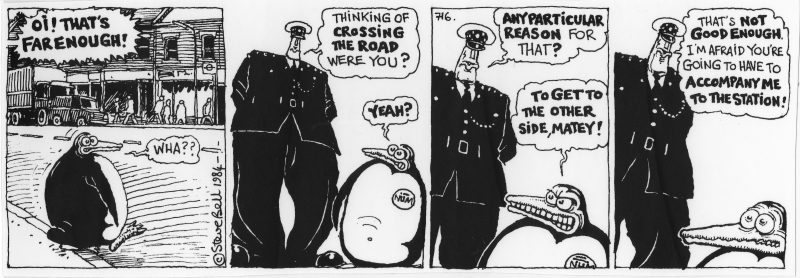
The absurdities of the restrictions on travel enforced by an over-enthusiastic and nationally coordinated police action were immediately ripe for ridicule, and I highlighted them in the first sequence of strips I drew which were published about two weeks after the strike first began, in March 1984. It might not have been up-to-the-minute topical, but anything remotely supportive of the strike was rare in a national newspaper, and it soon attracted a big response from people sympathetic to the strike who felt as beleaguered as we did.
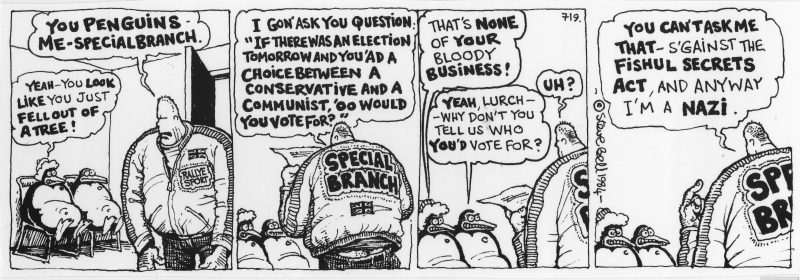
Barry and Joe, our semi-resident miners (they returned home to Kent at weekends) told of an attempted interview by a journalist from The Sun. Joe said he didnt want to talk to The Sun, and the journalist responded thus:
– Well, I will just have to make it up then, wont I? –
The striking miners bore the brunt of this, and much, much more over the next year, and way beyond that.
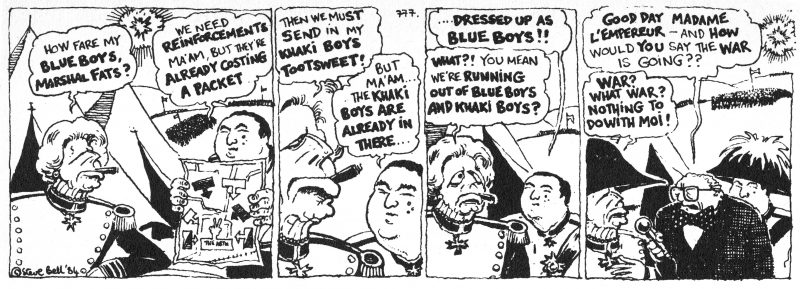
After the national strike was declared illegal by the High Court in September 1984, the NUM refused to pay the 200,000 pound fine and promptly had its assets sequestered by one of the Big Four accountancy firms, Price Waterhouse. Heather and I composed a new version of Longfellows Hiawatha, celebrating the true idiocy of the famous working Nottinghamshire miner and anti-flying-picket picket Silver Larch, who travelled the country unimpeded by the powers-that-be, encouraging miners to get back to work and promoted by the Mail On Sunday. He was actually called Silver Birch because of his shock of prematurely white hair, but we changed it to Silver Larch to avoid possible legal challenge. The Yorkshire NUM called him Dutch Elm.
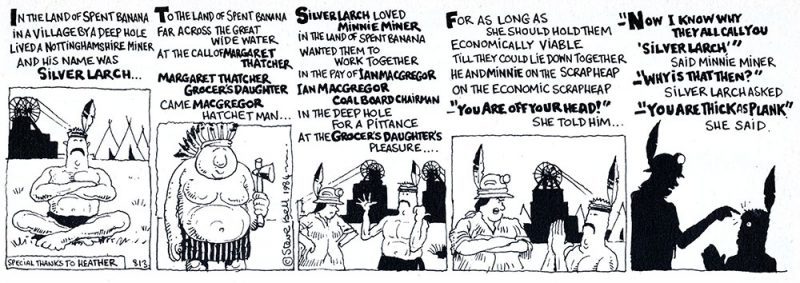
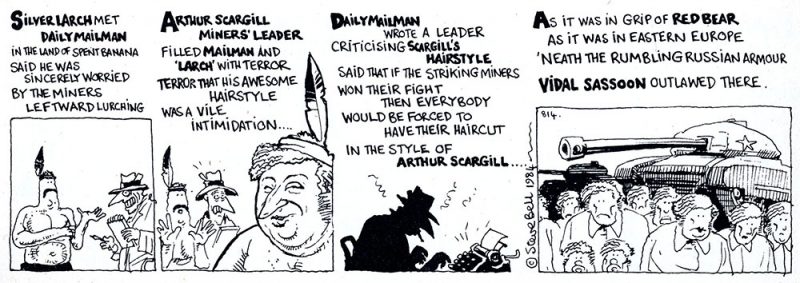
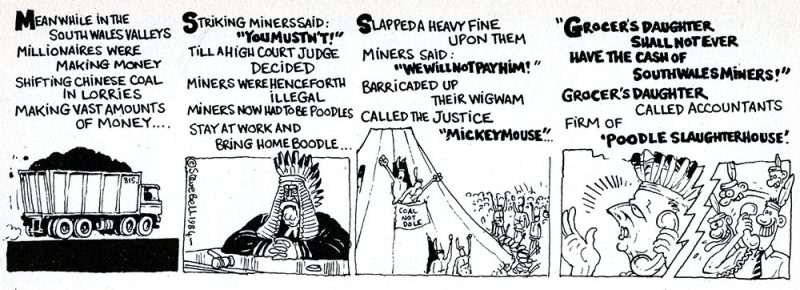
Raising money to help the striking miners and their families became more and more difficult. I sold as much artwork as I could to raise money for the cause at 15 quid a strip, which produced a steady, but obviously not vast income, which had to go via the local Trades Council in Brighton, and thence to the striking mineworkers and their families. Then a scheme was hatched for that yet-to-be-abolished nest of lefties the GLC (the Greater London Council, headed by one Ken Livingstone) to buy a substantial amount of artwork on behalf of the National Museum of Labour History, then based in Limehouse in London. The proceeds of which went to the miners. Whether this was legal or not I neither know nor care, but the result is that a substantial chunk of my artwork from that period resides at what is now the Peoples History Museum in Manchester.
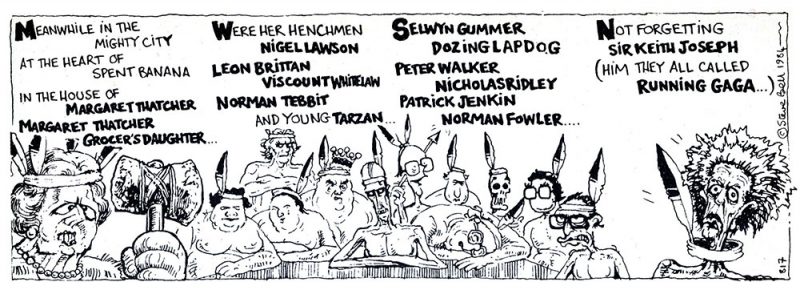
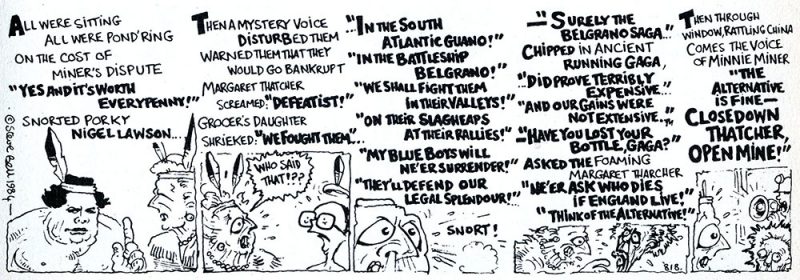
It is conceivable that the strike could have gone the other way, and Thatchers position at the time was a lot more precarious than it now appears in retrospect. At one critical moment, in September 1984 the pit deputies union, NACODS, with a ballot of its members 81% in favour, threatened strike action that would have brought out every mine in the country. Luckily, at the last minute NACODS withdrew the threat, otherwise Margaret Thatcher would have been caught, in the immortal words of Roger Woddis:
-STARK BALLOT NACODS-
This would certainly have dealt a mortal blow to the project to Thatcherise the entire Universe, which proceeds, despite her demise in 2013, right up to the present day, but unfortunately it did not. It was a massive blow to the whole Labour movement which, oddly, did not seem all that bothered about it at the time. The entire failure was lodged upon the shoulders (or perhaps one should say: the Head & Shoulders) of Arthur Scargill and his demonic hairstyle.
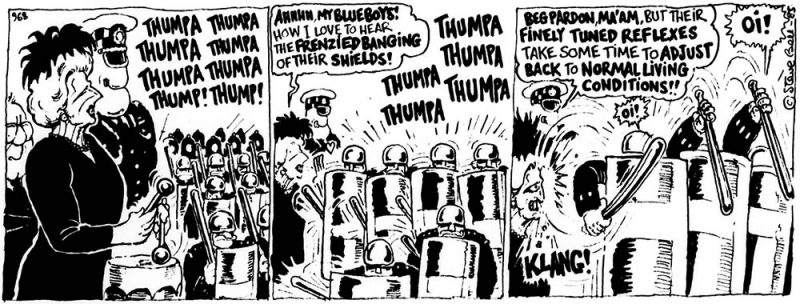
The orderly return to work, without an agreement and with heads held high, as some of us tried to comfort ourselves, was nothing of the kind. It was, in Joe the miners bitter words:
– a fucking defeat.-
An industry has been wilfully destroyed and whole communities ruined. Innocent men had been jailed and labelled criminals for life. People are still suffering from the consequences, but will justice forever be denied them?
